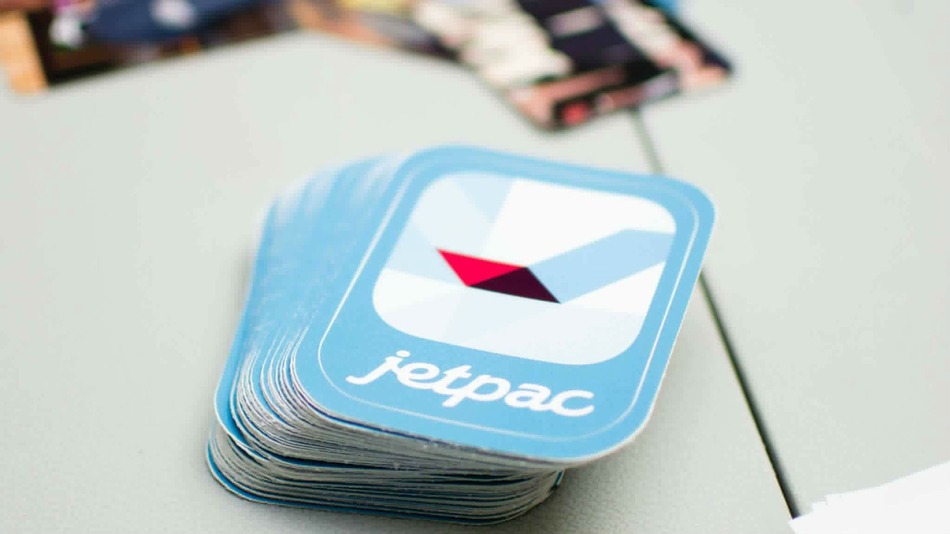
Geography is Broad
This is the second concept of what geography is. Geography is broad. How broad do you say?
Consider this. Geography can be described as having two subfields: Human geography and physical geography.
In addition to have two subfields, geography has many branches: Physical geography, human geography, integrated geography, geomatics, and regional geography. There are also other subjects in relation to geography, not limited to, but including: urban planning and spatial planning.
Physical geography alone covers multiple subjects, such as geomorphology, meteorology, climatology, paleogeography, landscape ecology, and so much more. Physical geography deals natural processes of the earth, as an earth science.Human geography, like physical geography, covers so much material. Economic geography, urban geography, health geography, political geography, and much more.
Human geography takes a look at people, cultures, migration patterns, and it approached as a social science.Only physical and human geography have been discussed thus far, and already, volumes could possibly be written. Consider how much more there is to learn when considering the branches of geomatics, integrated geography, and regional geography. Under geomatics one learns about GIS, cartography, and surveying, and the geomatic subjects can be applied to so many places, such as flight navigation, weather, and urban planning.
And this is just the start.
Geography is very broad, and covers a multitude of subjects. It is much more than memorizing state capitals. Far more than just reading maps. It is about the applications behind it, gaining a broader sense of our world.









